
“Maria La Hipotenusa” – her artistic name – grew up in Nariño, in southern Colombia, a region marked by diversity: mountains, jungle, and sea all within the same territory. This multifaceted environment, imbued with ritual spirituality, abundant flora, and fauna, directly influences her work. As a visual artist, illustrator, and creator of personalized objects, Maria builds a universe that intertwines memory, femininity, and artisanal tradition in an intimate gesture that resists both time and technology.
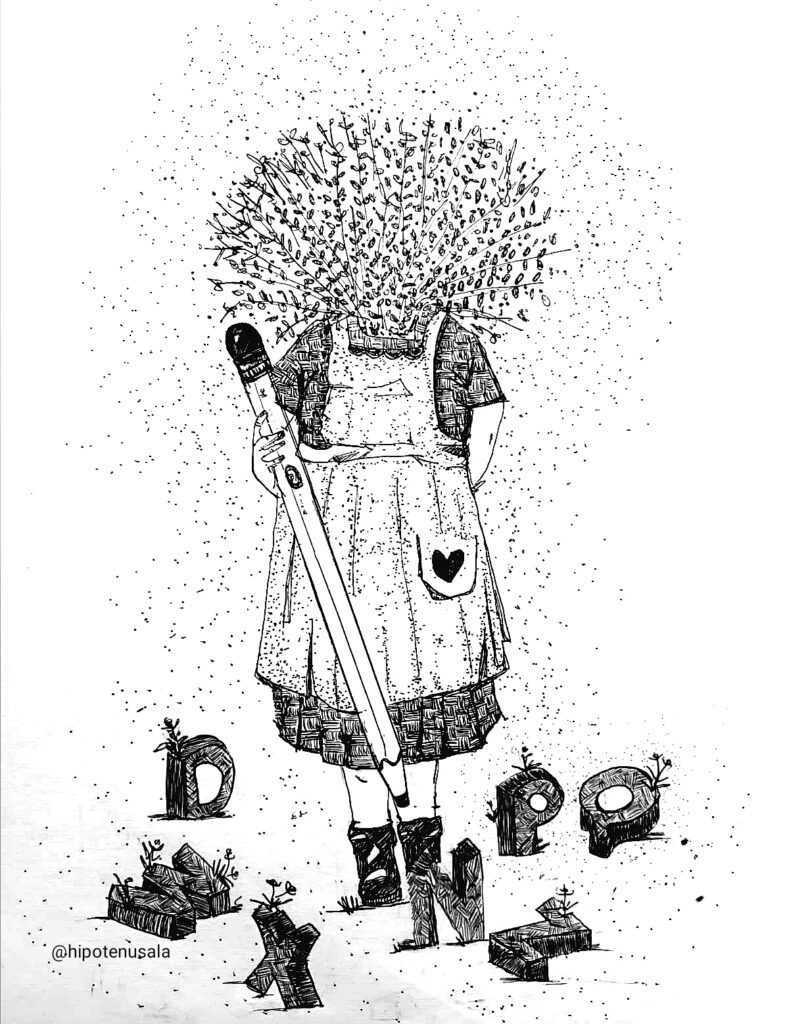
Coming from a family of iron artisans, she found, from a very young age, a space to imagine worlds through materials and forms. Later, her practice expanded to exhibitions, illustrations, and collaborations with writers, magazines, and editorial projects. Today, under the pseudonym La Hipotenusa, Maria asserts her creative freedom with lines that extend like extensions of imagination and memory.
“I come from a family with a strong artisanal tradition. My paternal grandfather was a blacksmith, and my parents worked with wrought iron. As a child, in those spaces, I imagined drawings, shapes, and materials. I’ve always been surrounded by creativity.
At university, my work stood out and allowed me to present projects about women, love, and relationships. At that time, feminism wasn’t openly discussed, which fueled my need to bring femininity as a central theme.
From there, I had the opportunity to work with an NGO in Colombia, and that’s when I approached illustration as a way of being, working, and expressing myself, even in the most remote parts of the country, where a pencil and paper can transform and depict the environment, build memory and collectivity, and create expressions that don’t require large formats or techniques. It’s an act of democracy that you can share anytime, with anyone.”
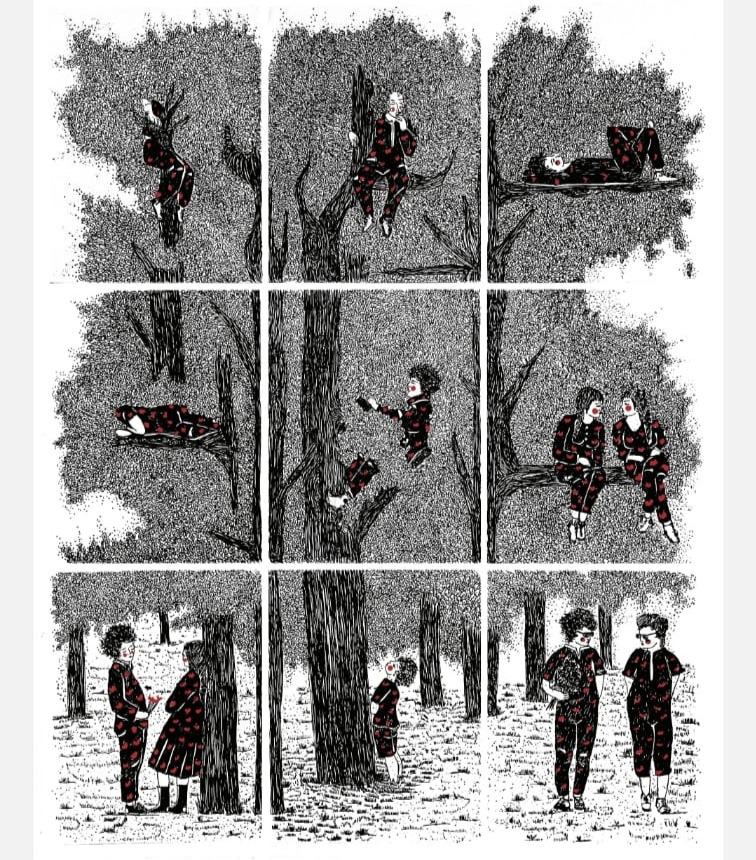
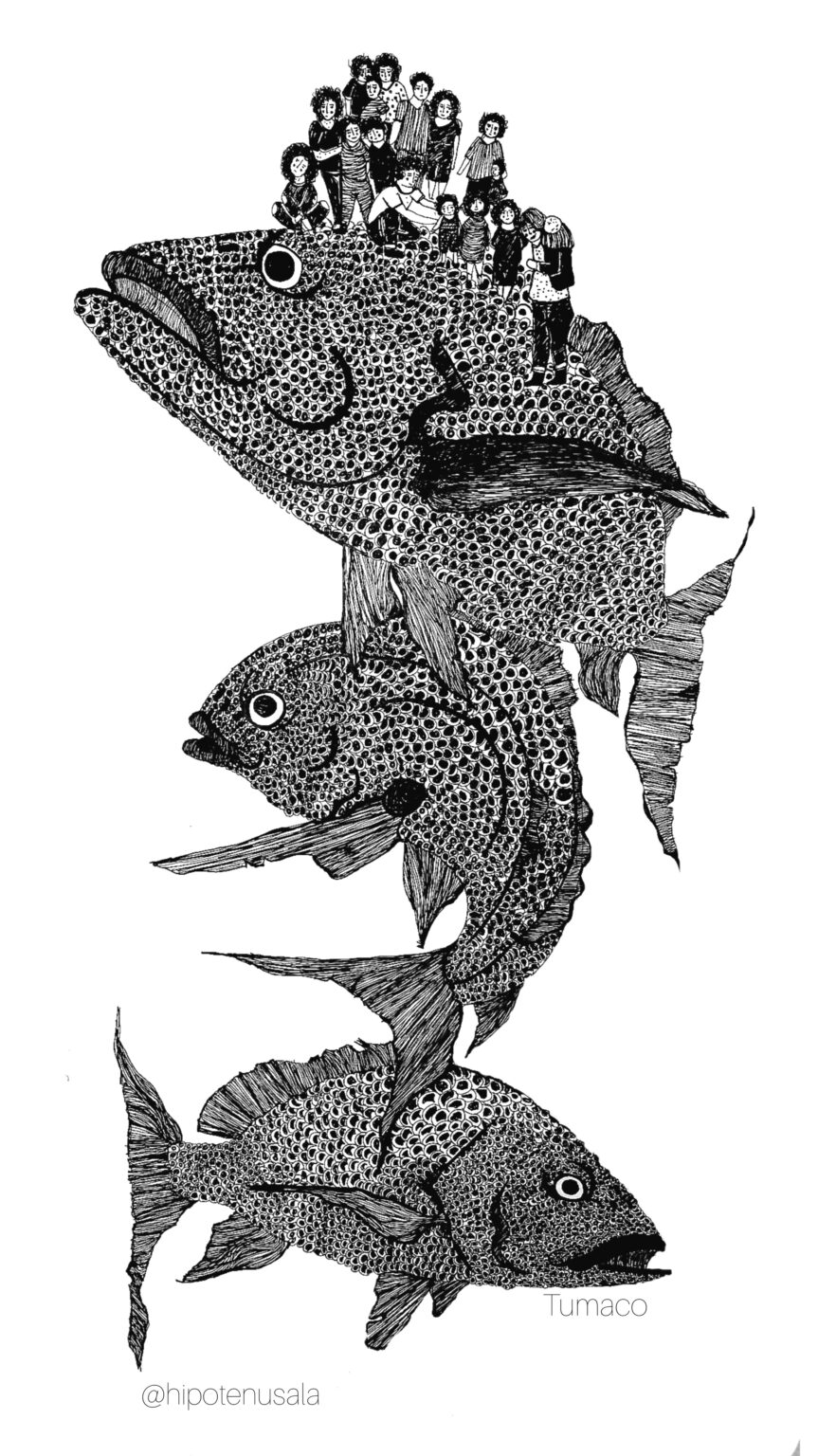
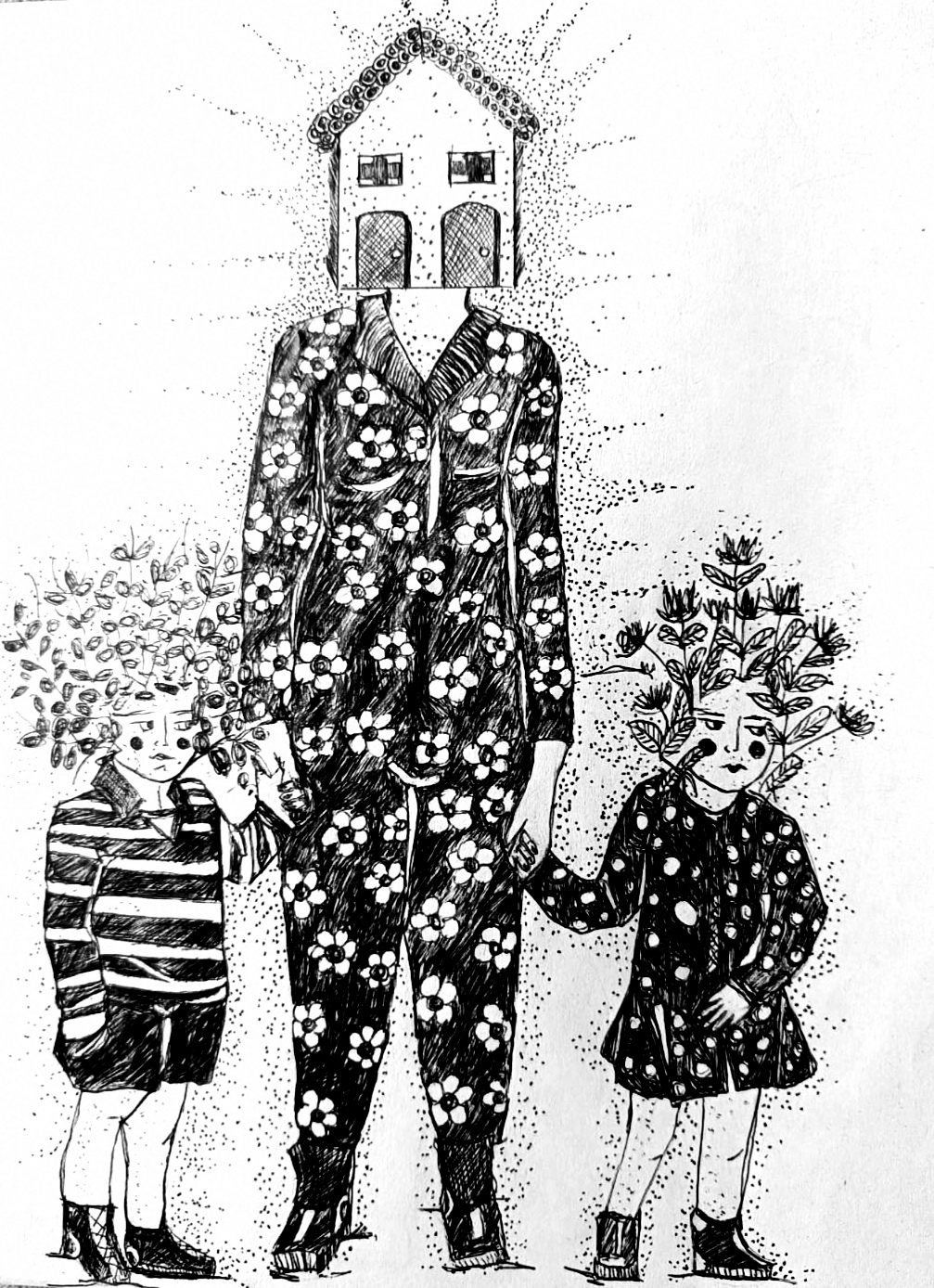
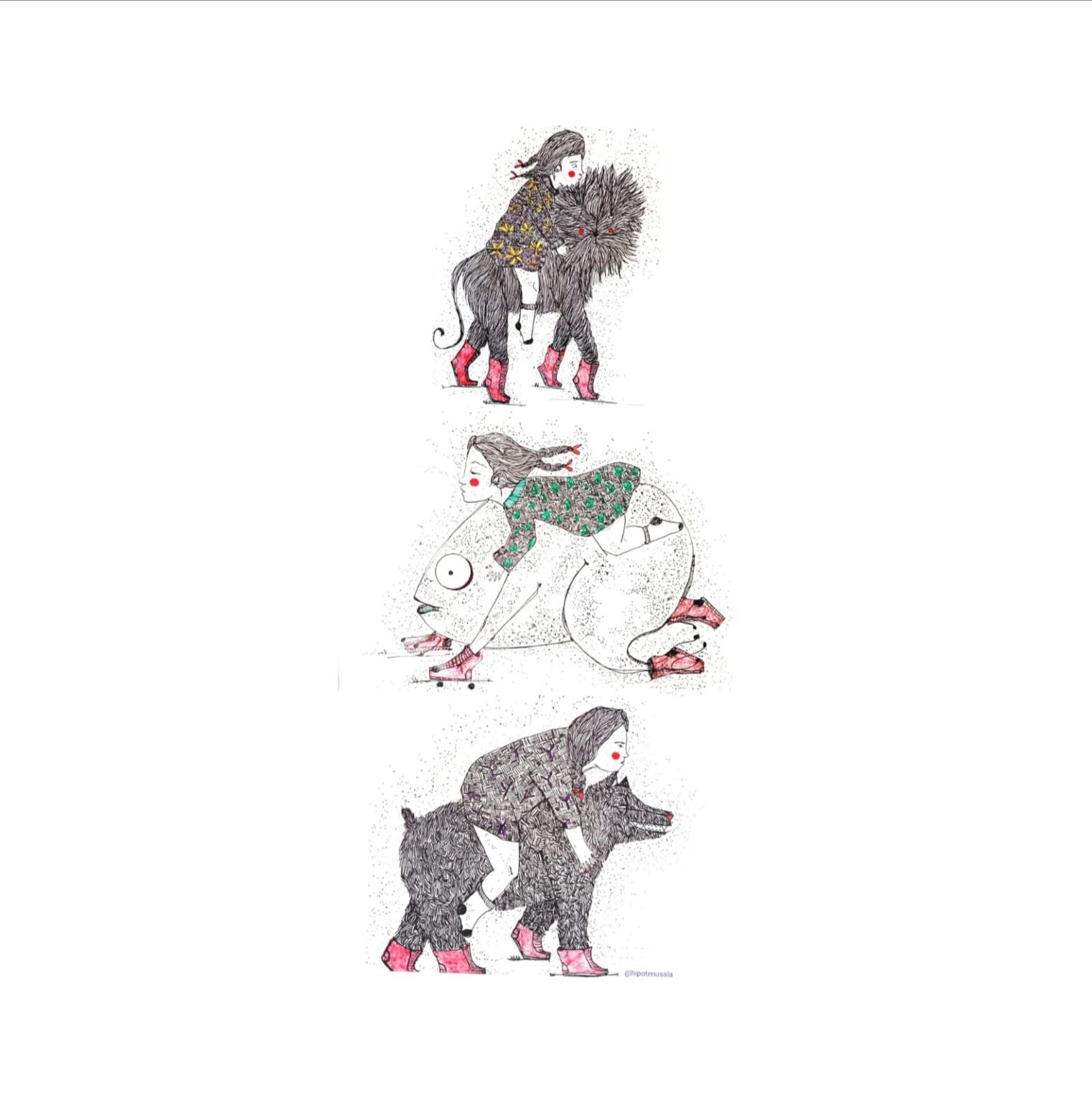
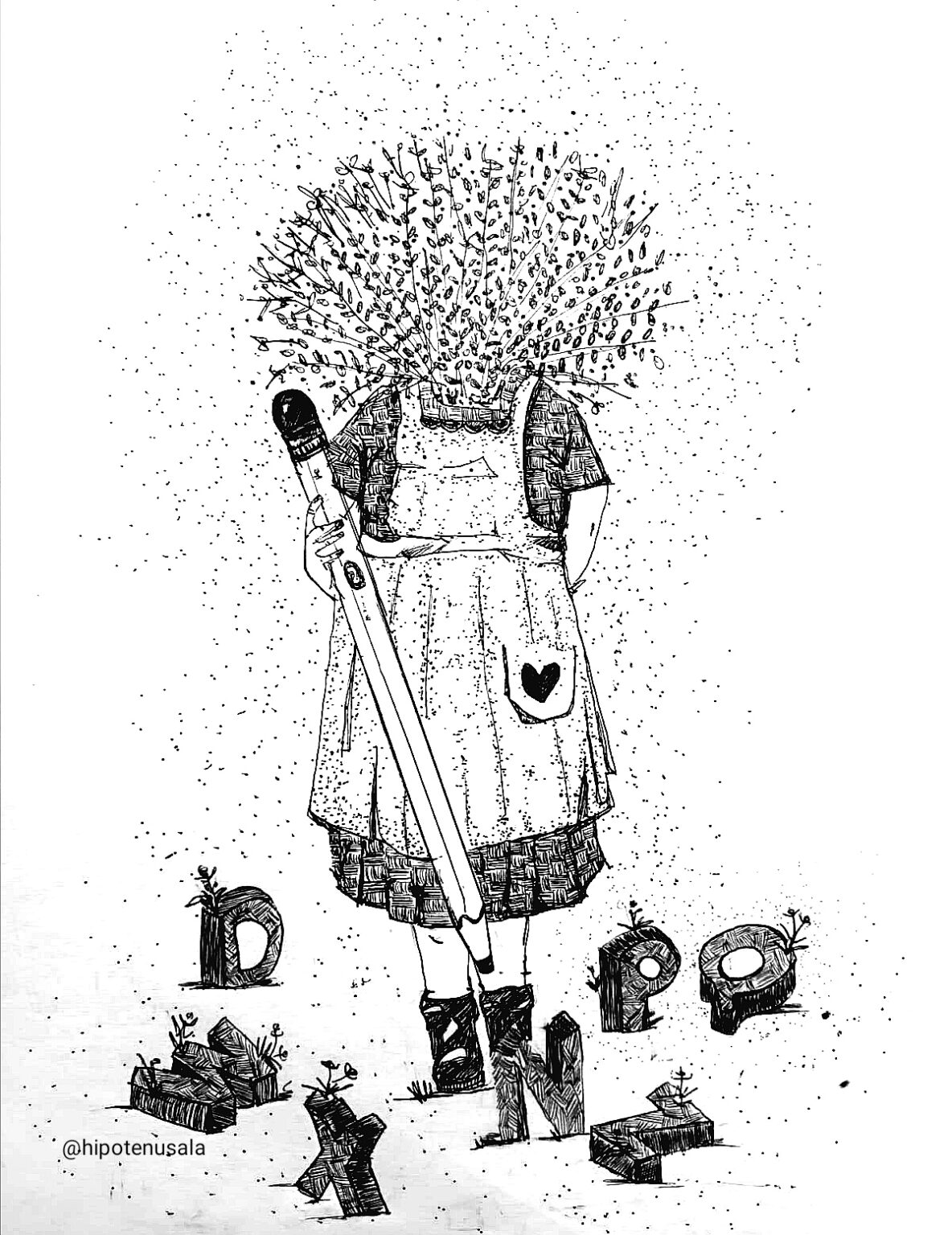
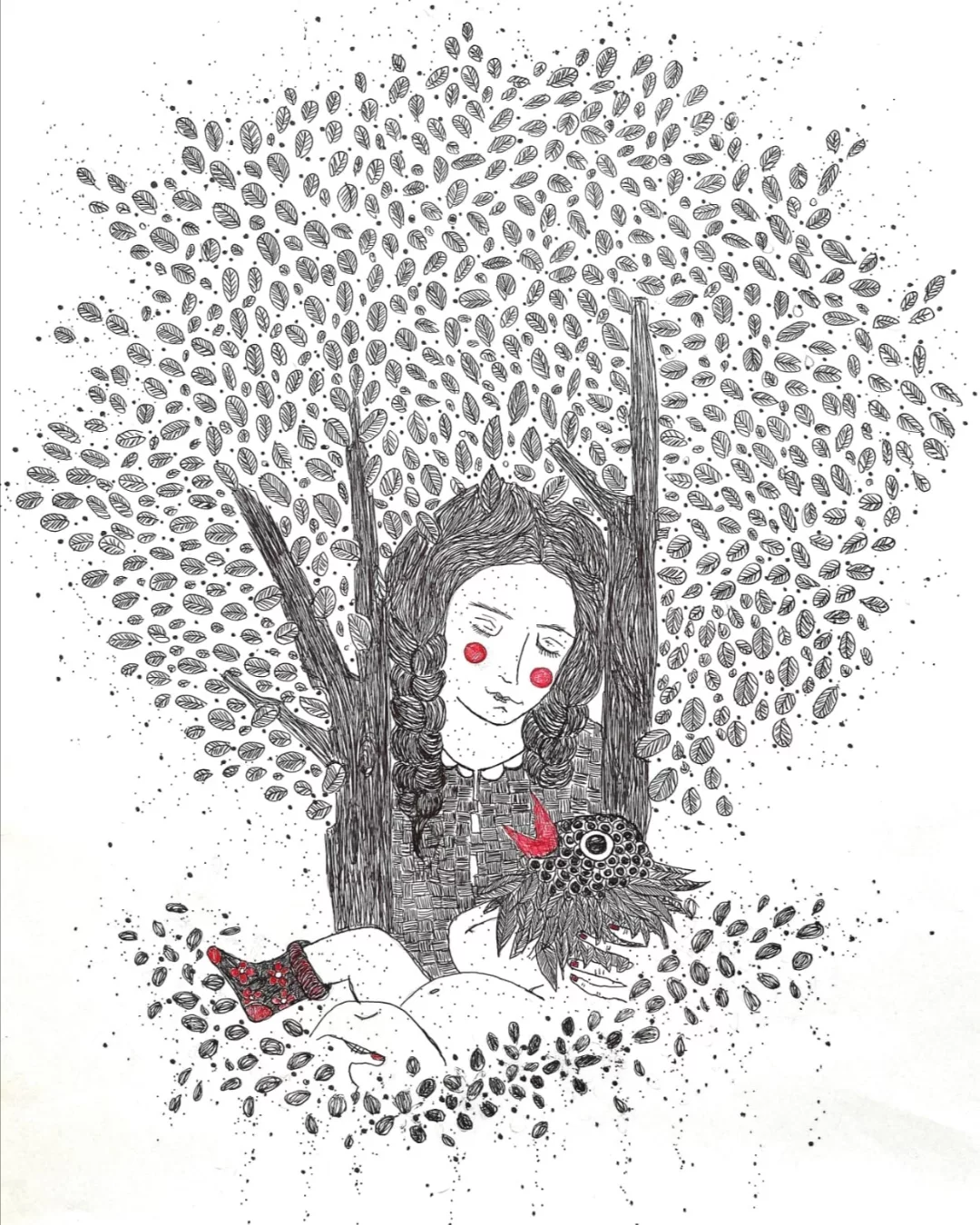
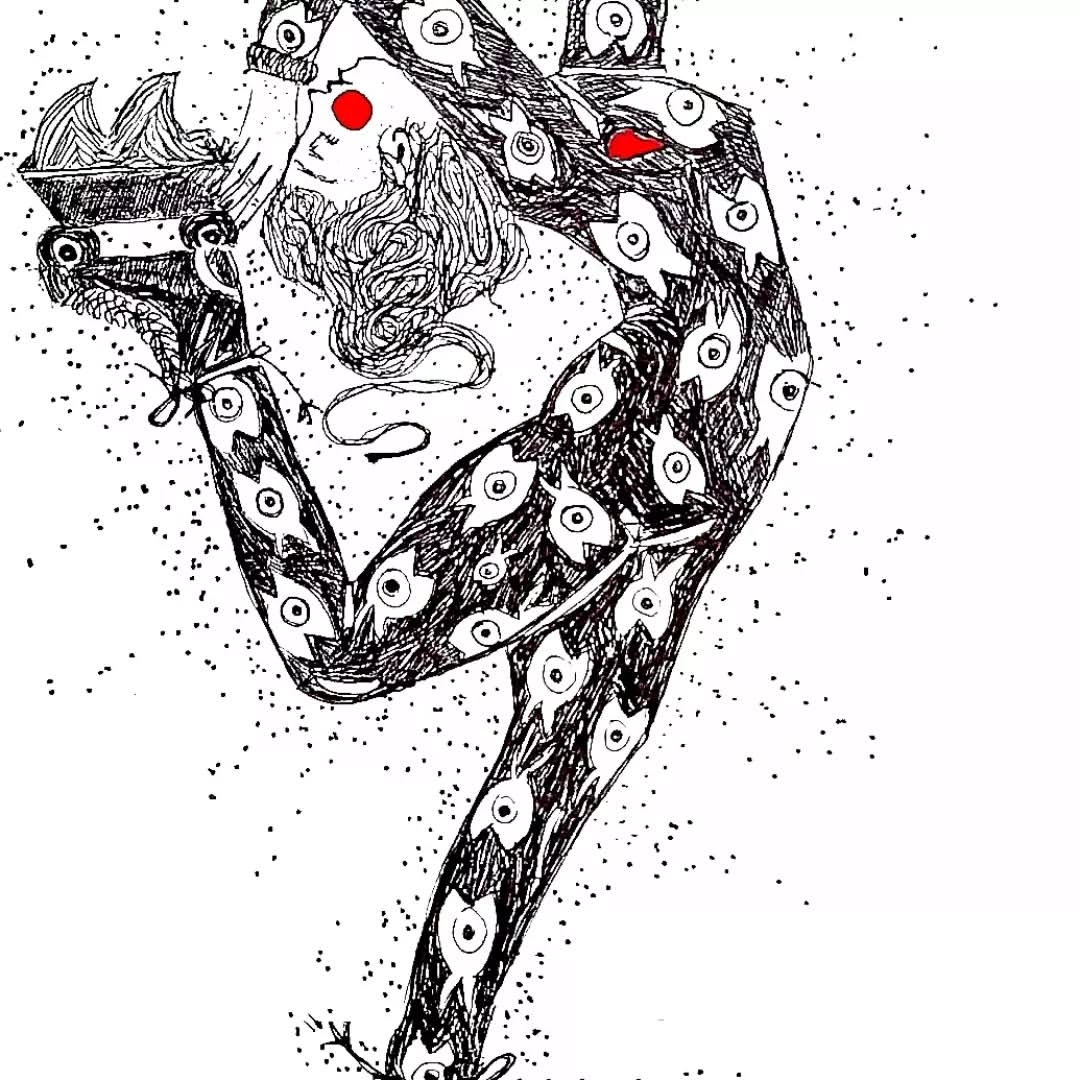
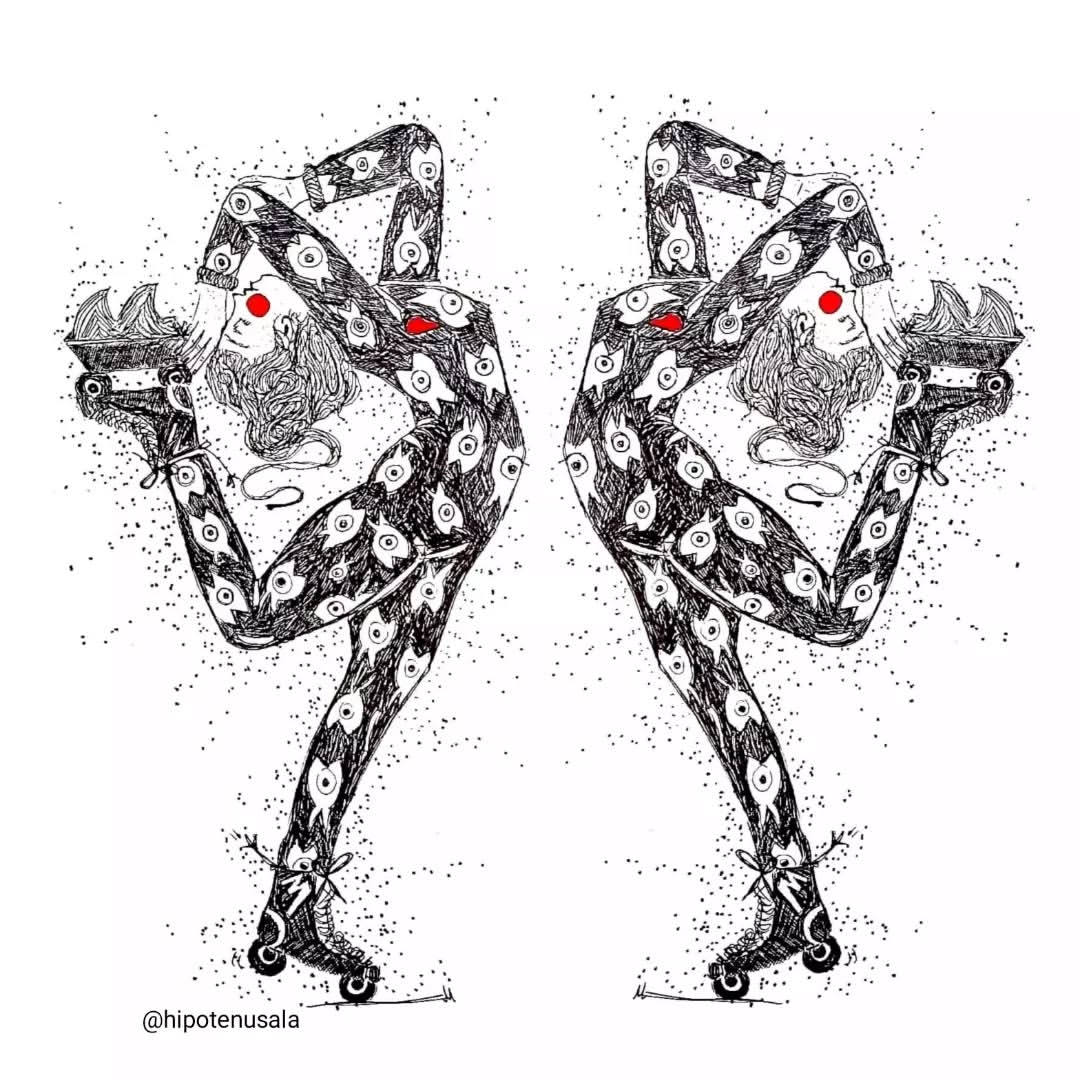
The name La Hipotenusa has an intense sound. How did it come about?
Maria: It came when I started having a social profile. I prefer anonymity and thought: what do I want to share, and to what extent? The pseudonym gives me privacy, and more importantly, it allows my work to develop freely. La Hipotenusa is a metaphor linking the meticulous and detailed work of the line, as a constant that allows one to create beyond time – a longer line, an extension of imagination and memory.
MashUp: Many of your illustrations depict women. What message are you trying to convey?
Maria: For me, women are support, caretakers, creators of bonds, possessors of knowledge, and holders of secret powers connected to nature. My work explores this memory and tradition, inventing worlds from a feminine perspective that evokes collective and personal memories.
MashUp: Does Colombian culture appear in your work?
Maria: Without a doubt. My region, Nariño, a wonderful place where you can experience the mountains, jungle, and even the sea, offers incredible imagery that shapes a very particular view of life. Fauna and flora have been constants in my work because they are part of my daily life. In southern Colombia, where I live, there is a worldview closely linked to ritual spirituality, where these elements are essential. It’s a diverse territory in every sense of life.
MashUp: How do you start a project: from paper or intuition?
Maria: It starts in the intangible. Intuition, experiences, unique moments. Content is vital. I’m not seeking precision, but giving humanity and connection to the line. That’s what I call “universal intimacy,” which connects with something deeply familiar.
MashUp: Are your main tools paper and pen?
Maria: Yes, but I also explore other materials and disciplines. Sometimes I change the medium to talk about certain things. Each material develops its own language.

MashUp: What references have guided your style?
Maria: I admire Jung Yumi, Carmen Segovia, Alicia Viteri, Beatriz González, Débora Arango, María de la Paz Jaramillo, and Roberto Fabelo, among others.
MashUp: In times of digital images and AI, what keeps human lines alive?
Maria: Tradition and its dissemination. I see drawing as an exercise in remembering and storytelling. When we allow ourselves that, we bring part of our identity into our strokes and what we are: the need for imperfection, that hidden beauty in something created by hand. While technology can address aesthetic aspects, its limitations are always tied to what it cannot imagine, or what it overimagines. A vision so far disproportionate, lacking tactile sensitivity to the image. For me, the construction of the idea is broader than the final image: the value of the process is what makes each illustration a unique work.
If she could collaborate with any artist: She would draw with Débora Arango and Jung Yumi. She is inspired by how they approach inner life through beauty and its multiple meanings.
The strangest thing: Many ideas come while gardening, restoring furniture, or simply organizing my home. Inspiration appears in motion, even when it seems absent.
The strangest advice: Fully migrate to digital. It has advantages, but I resist: I need tangible work, paper, fresh ink. I see drawing, and creation itself, as a tradition shared across generations. From the first painted cave. When we allow ourselves to share the creative act, we also create the possibility for it to be repeated over time. And thus the visions that each people have about how they relate to the world and their journey are transmitted.